Latest NRAO News
News is managed by NRAO News & Public Information. Questions about News? Have a story to share? Want to interview a scientist or create new media about our telescopes?
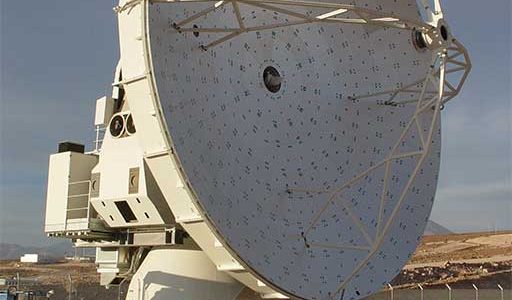
Astronomers celebrated today the formal acceptance of the first North American antenna by the Joint ALMA Observatory. ALMA, the Atacama Large Millimeter/submillimeter Array, is a gathering armada of short-wavelength radio telescopes whose combined power will enable astronomers to probe with unprecedented sharpness phenomena and regions that are beyond the reach of visible-light telescopes.

Astronomers may have solved a cosmic chicken-and-egg problem — the question of which formed first in the early Universe — galaxies or the supermassive black holes seen at their cores.
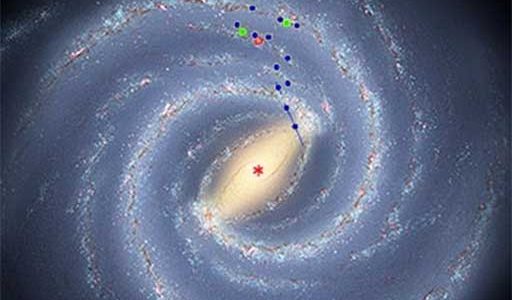
Fasten your seat belts — we’re faster, heavier, and more likely to collide than we thought. Astronomers making high-precision measurements of the Milky Way say our home Galaxy is rotating about 100,000 miles per hour faster than previously understood.
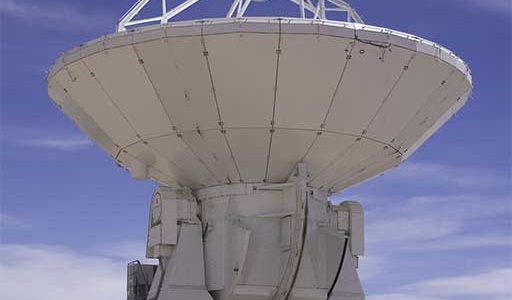
High in the Atacama region of northern Chile one of the world’s most advanced telescopes has just passed a…
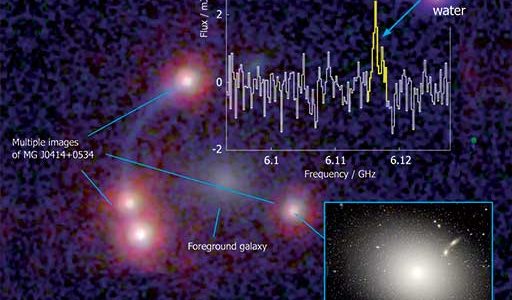
Astronomers have found the most distant water yet seen in the Universe, in a galaxy more than 11 billion light-years from Earth.
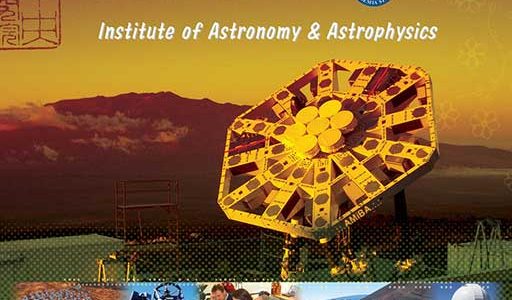
The National Radio Astronomy Observatory has announced a formal agreement enabling Taiwanese astronomers to participate in the North American component of the international ALMA partnership, alongside American and Canadian astronomers. Taiwan’s efforts will be led by the Academia Sinica Institute of Astronomy and Astrophysics.





